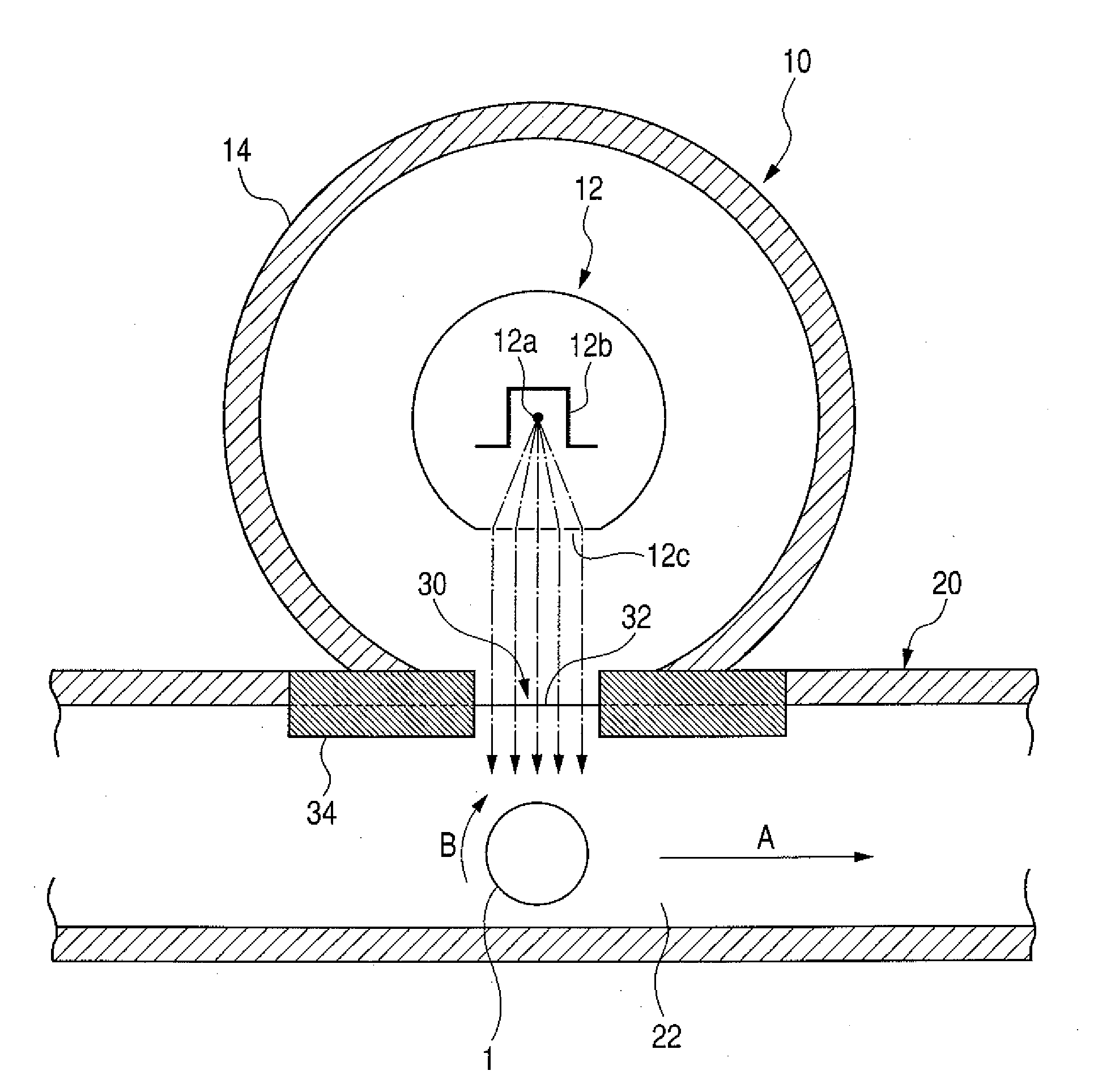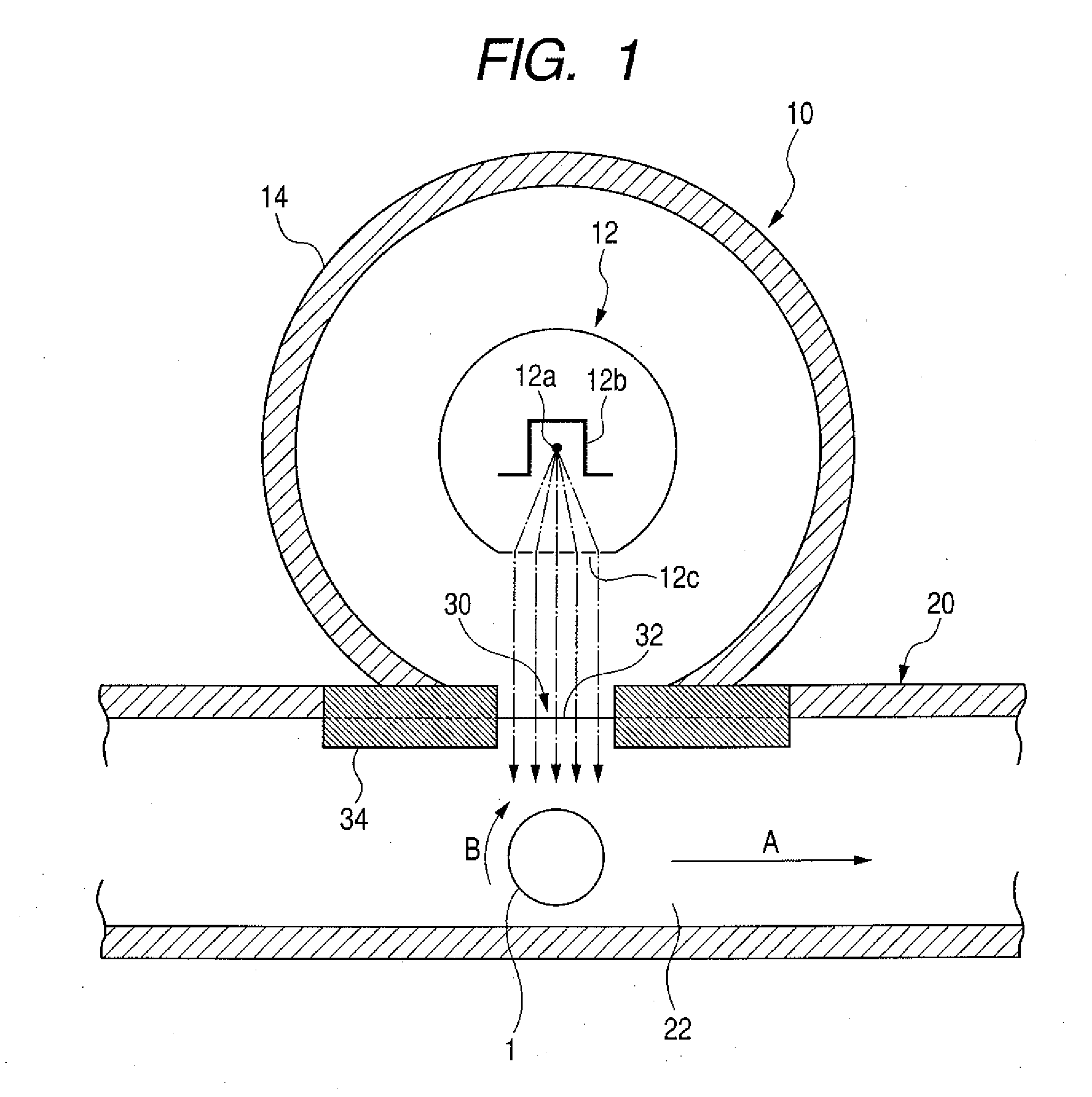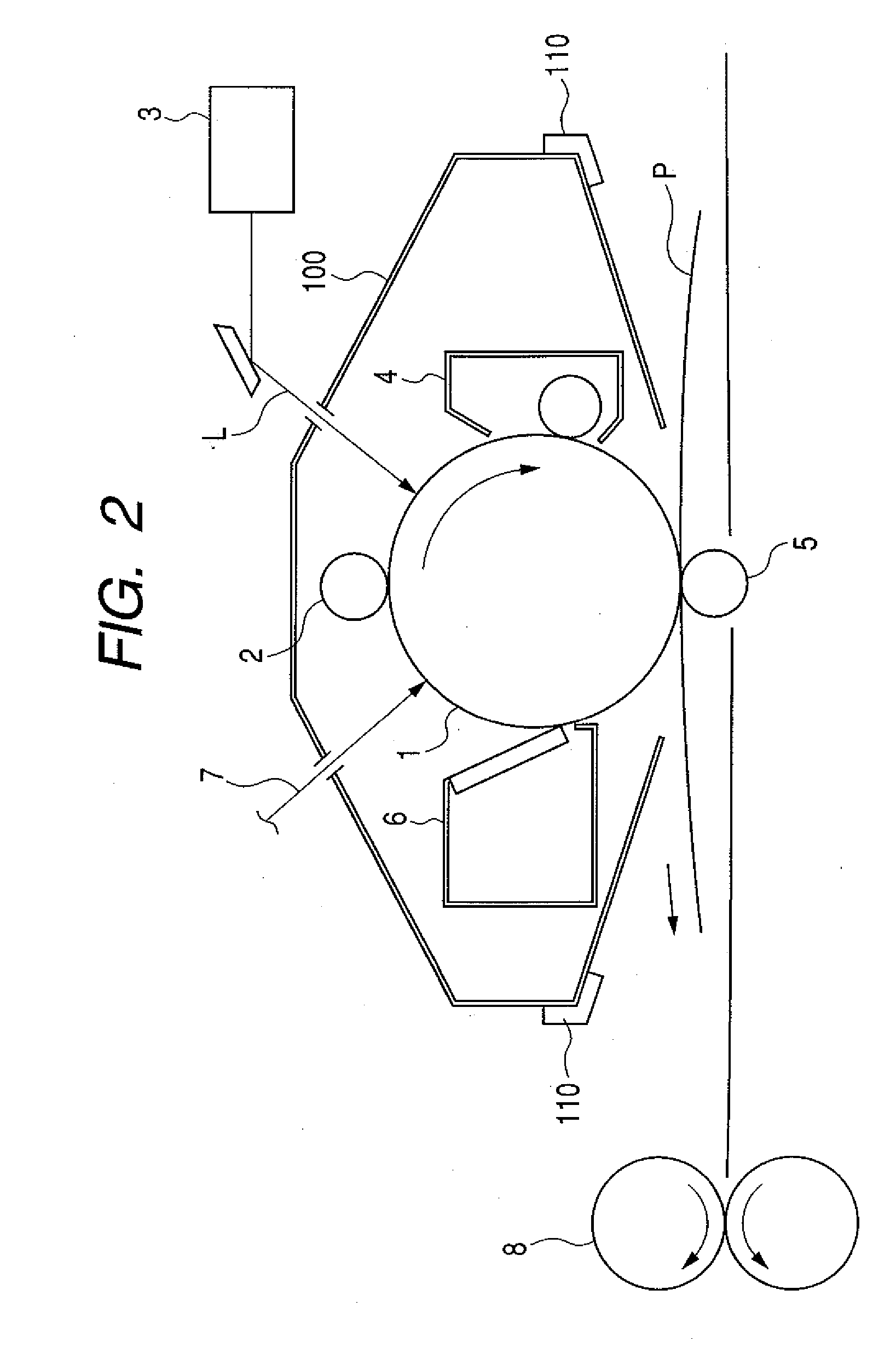Electrophotographic photosensitive member, process cartridge, and electrophotographic apparatus
a photosensitive member and electrophotography technology, applied in the direction of electrophotography process apparatus, corona discharge, instruments, etc., can solve the problems of poor tail cut-off of the movement of electric charges, insufficient mobility of electric charges, and inability to meet the electrical properties of electrophotography photosensitive members in some way, so as to improve the charge transport performance of films, vastly bring out the initial-stage electrical properties, and maintain mechanical durability
- Summary
- Abstract
- Description
- Claims
- Application Information
AI Technical Summary
Benefits of technology
Problems solved by technology
Method used
Image
Examples
synthesis example 1
[0055] Synthesis of Exemplary Compound No. 18: Exemplary Compound No. 18 was synthesized according to the following route.
[0056] To a mixture solution composed of glacial acetic acid (480 parts by mass; hereinafter “parts”), 62.5% sulfuric acid (24 parts) and water (20 parts), a compound 1 (100 parts), an aqueous 50% periodic acid dihydrate solution (50 parts) and iodine (55 parts) were added, and these were heated to about 70° C. with thorough stirring to carry out reaction for 24 hours. After the reaction mixture was left to cool, it was poured into ice water, and the crystals precipitated were collected by filtration and washed with water. Thereafter, the crude crystals formed were recrystallized with hexane to obtain a compound 2 (100 parts). The compound 2 (100 parts) was added to ethanol, and dilute sulfuric acid was further added in a catalytic quantity to effect esterification by a conventional method to obtain a compound 3 (98 parts). Next, the compound 3 (67 parts), a co...
synthesis example 2
[0057] Synthesis of Exemplary Compound No. 1: Exemplary Compound No. 1 was synthesized according to the following route.
[0058] A compound 1 (100 parts), a compound 2 (380 parts), copper powder (150 parts) and anhydrous potassium carbonate (135 parts) were added to o-dichlorobenzene (100 parts), and these were stirred with heating at 200 to 210° C. for 24 hours. The reaction mixture formed was cooled, and thereafter toluene (100 parts) was added, followed by stirring, where the solid matter was removed by filtration. The filtrate obtained was evaporated under reduced pressure, and thereafter the residue formed was purified with a silica gel column (developing solvent: hexane / toluene mixed solvent) to obtain a compound 3 (130 parts). The compound 3 (100 parts) and pyridinium chloride (640 parts) were mixed, and the resultant mixture was stirred with heating at 200 to 210° C. for 4 hours. The reaction mixture formed was cooled to about 145° C., and thereafter 600 parts of water was s...
synthesis example 3
[0059] Synthesis of Exemplary Compound No. 41: Exemplary Compound No. 41 was synthesized according to the following route.
[0060] To an aqueous hydrochloric acid solution of concentrated hydrochloric acid (35%) (680 parts by mass; hereinafter “parts”) and water (210 parts), a compound 1 (100 parts) was added. Thereafter, the mixture obtained was so cooled with ice water as to have an internal temperature of 5° C. or less. To the resultant mixture, a cooled solution of sodium nitrate (47 parts) and water (200 parts) was slowly submergedly dropwise added so that the internal temperature did not become higher than 5° C. After its dropwise addition was completed, the reaction mixture was stirred for 30 minutes as it was. The resultant reaction mixture was filtered, and the filtrate obtained was again cooled with ice water to 5° C. or less. To this liquid, an aqueous solution of sodium tetrafluoroborate (106 parts) and water (180 parts) was dropwise added. The mixture obtained was stirr...
PUM
 Login to View More
Login to View More Abstract
Description
Claims
Application Information
 Login to View More
Login to View More - R&D
- Intellectual Property
- Life Sciences
- Materials
- Tech Scout
- Unparalleled Data Quality
- Higher Quality Content
- 60% Fewer Hallucinations
Browse by: Latest US Patents, China's latest patents, Technical Efficacy Thesaurus, Application Domain, Technology Topic, Popular Technical Reports.
© 2025 PatSnap. All rights reserved.Legal|Privacy policy|Modern Slavery Act Transparency Statement|Sitemap|About US| Contact US: help@patsnap.com



